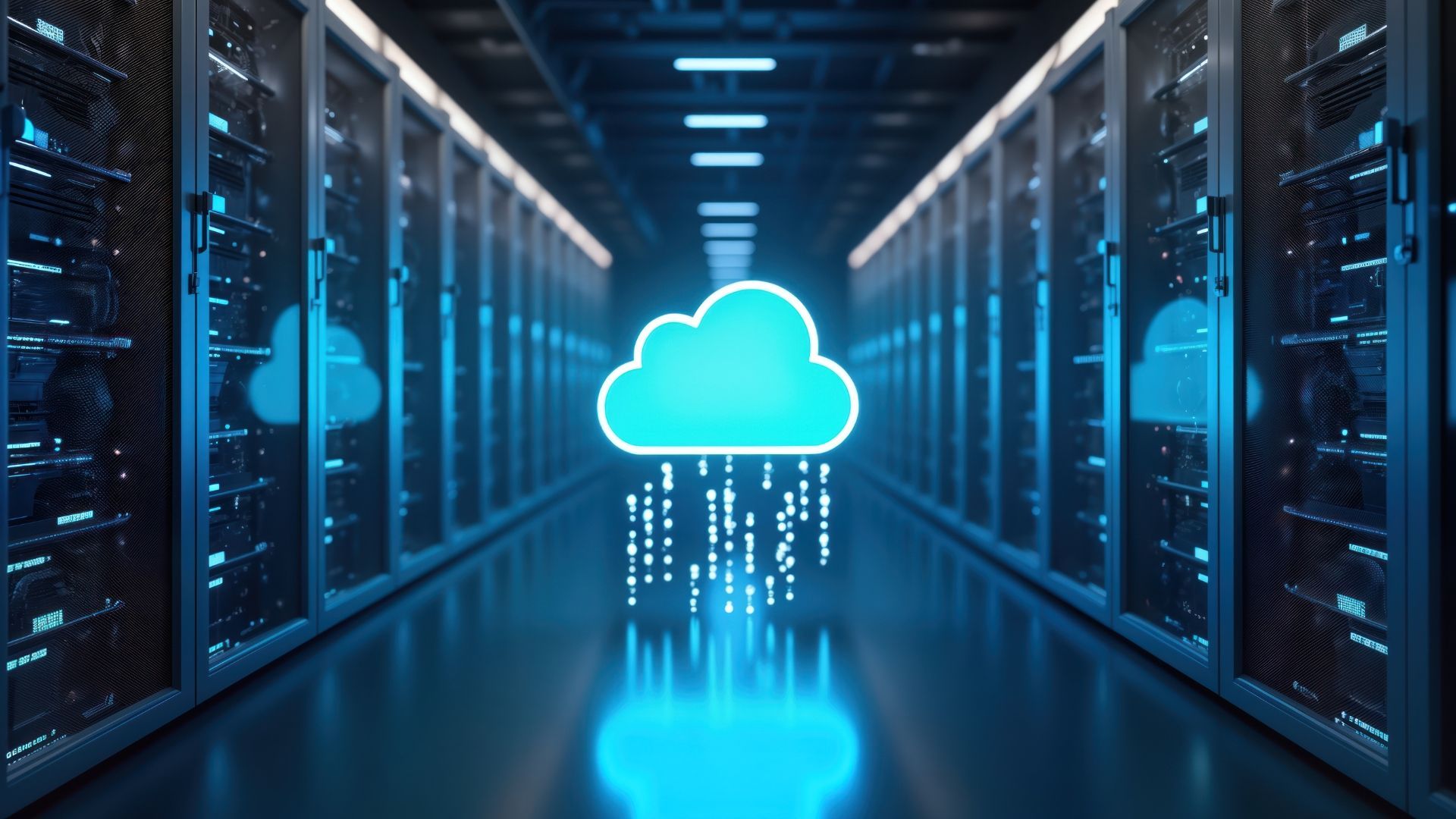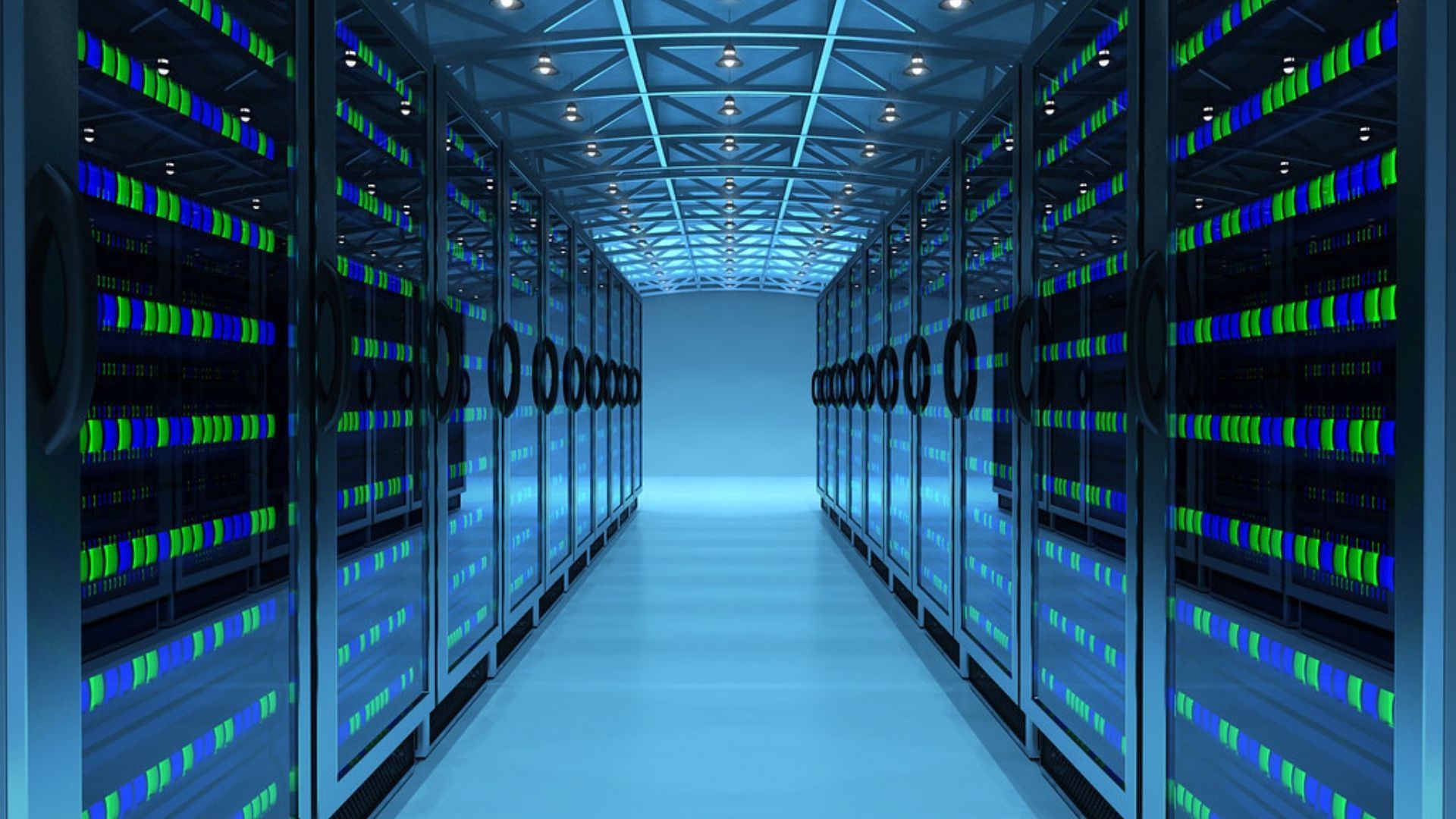VMware's vSAN explained: what do I need to know?
vSAN is an important part of VMware's SDDC stack. It's a distributed storage solution that creates a single shared data store. Discover more in our article.

For 25 years, VMware has been the market leader in software-defined cloud solutions. Its software suite keeps servers humming in enterprises across the world and is used in sectors as varied as healthcare, aerospace and manufacturing.
VMware's flagship product is a bundle of software that "virtualises" metal servers. We've written elsewhere about the basics of virtualisation – but just to quickly recap, it consists of creating software versions of physical, metal servers.
If an enterprise rents a server from a cloud provider, VMware's virtualisation software gives them a virtual version to manage.
VMware's software-defined data centre (SDDC) is in three parts that harmonise like Peter, Paul and Mary. NSX virtualises network and security, while vSphere is in charge of CPU and RAM. Then there's vSAN.
vSAN is a virtual storage area network – a distributed storage solution that allows IT to aggregate storage devices and create a single shared data store. These devices can then provide storage to virtual machines (VMs).
At the end of the day, vSAN's main strength is the same as VMware's software suite in general. By virtualising storage, it eliminates points of failure and reduces the amount of equipment that needs to be maintained and upgraded.
How does it work?
Picture the scene. You've racked and stacked your equipment. Traditionally, you would now allocate resources to make it hum: floor space, storage, power, cooling and networking.
vSAN offers an alternative. It provides an answer to the question: how can I maximise my existing resources?
It does this by populating ESXi hosts with local drives. Together, they form a single vSAN data store.
The placement of this storage is controlled through unique policies. These are tagged to each VM or virtual disk and they determine how the data is placed underneath.
Any deviation from these policies is automatically flagged. You get an alert describing the deviation so you're able to mitigate it straight away.
Easy scaling
vSAN isn't just failsafe – it's also scale-safe. Once you've aggregated your storage devices into a single data store, you can grow them with ease.
That means you can easily add a host. You can add more storage devices within each host. You can add more compute. And you can add more slots for extra capacity.
This makes vSAN flexible and easy to scale. This is important if new and perhaps unexpected workloads are coming into the data centre.
It's important to note that vSAN doesn't create any new data islands. No matter how much you scale up, it's always a single data store that's expanding to accommodate the new workloads.
Where does vSAN run?
vSAN is built right into the hypervisor – so vCenter's server is the management plane that you use to interact with it. This means you're leveraging software you already know how to use.
You can use the vCenter server to monitor the performance and availability of VMs and make changes to storage policies. It's an integrated solution, right there in the hypervisor.
Terms and definitions
Our cloud-first workplace culture has many things in its favour, but let's face it – the amount of jargon isn't one of them.
There's a reason for it, of course. Technicians and developers are deep in the detail. But as a manager – or even a member of the IT department – you may find yourself staring despondently into a bowl of alphabet soup.
Here, then, are some key terms and definitions to get to grips with before cracking on with vSAN deployment.
- Disk group: a bunch of physical devices that provide performance and capacity to vSAN. The local devices on an ESXi host contributing to a vSAN cluster will be organised into disk groups. Each disk group has to have one flash cache device and one or more capacity devices.
- Consumed capacity : this refers to the amount of physicalcapacity consumed by one or more VMs.
- Objects: vSAN's flexible containers for storing and managing data.
- Component: each object is made up of components.
- Compliance status: a "non-complaint" VM is one whose objects don't meet its storage policy's requirements.
- Witness: this is a component that contains nothing but metadata. It serves as a "tiebreaker" in the event of a failure.
- Storage policy-based management (SPBM): this is a way of defining VM storage requirements as policies.
- vSphere PowerCLI: this is vSAN's command-line scripting support. It's an elegant way of automating configuration and management tasks.
What are its limitations?
Before we explore its limitations, we should make clear that we're not criticising vSAN. These are limitations that VMware itself is happy topublicise.
Although it's a powerful tool for virtualising ESXi storage, vSAN doesn't support any of the following:
- Hosts participating in multiple vSAN clusters
- vSphere DPM and Storage I/O Control
- SE Sparse disks
- RDM, VMFS, diagnostic partition and other device access features
Not sure whether any of these apply to you? Talk to IT – or
get in touchwith our cloud consultants for a free consultation.
Key takeaways
- vSAN is part of VMware's SDDC (software-defined data centre). It virtualises the storage resources of ESXi hosts and turns them into a single shared data store.
- vSAN runs directly in the ESXi hypervisor.
- It doesn't work quite like a traditional storage array – for instance, it can support only one cluster.
- There are different configuration solutionsto choose from.
- vSAN is integrated with the rest of the VMware SDDC.
The bottom line
vSAN is a key part of VMware's SDDC stack. It aggregates your ESXi hosts and virtualises them to create a single shared data store. Your VMs can then draw on this data store for storage capacity.
Need help deploying vSAN or another VMware product? At Ascend Cloud Solutions, we're
VMware experts . For help navigating the cloud, feel free toget in touch.












